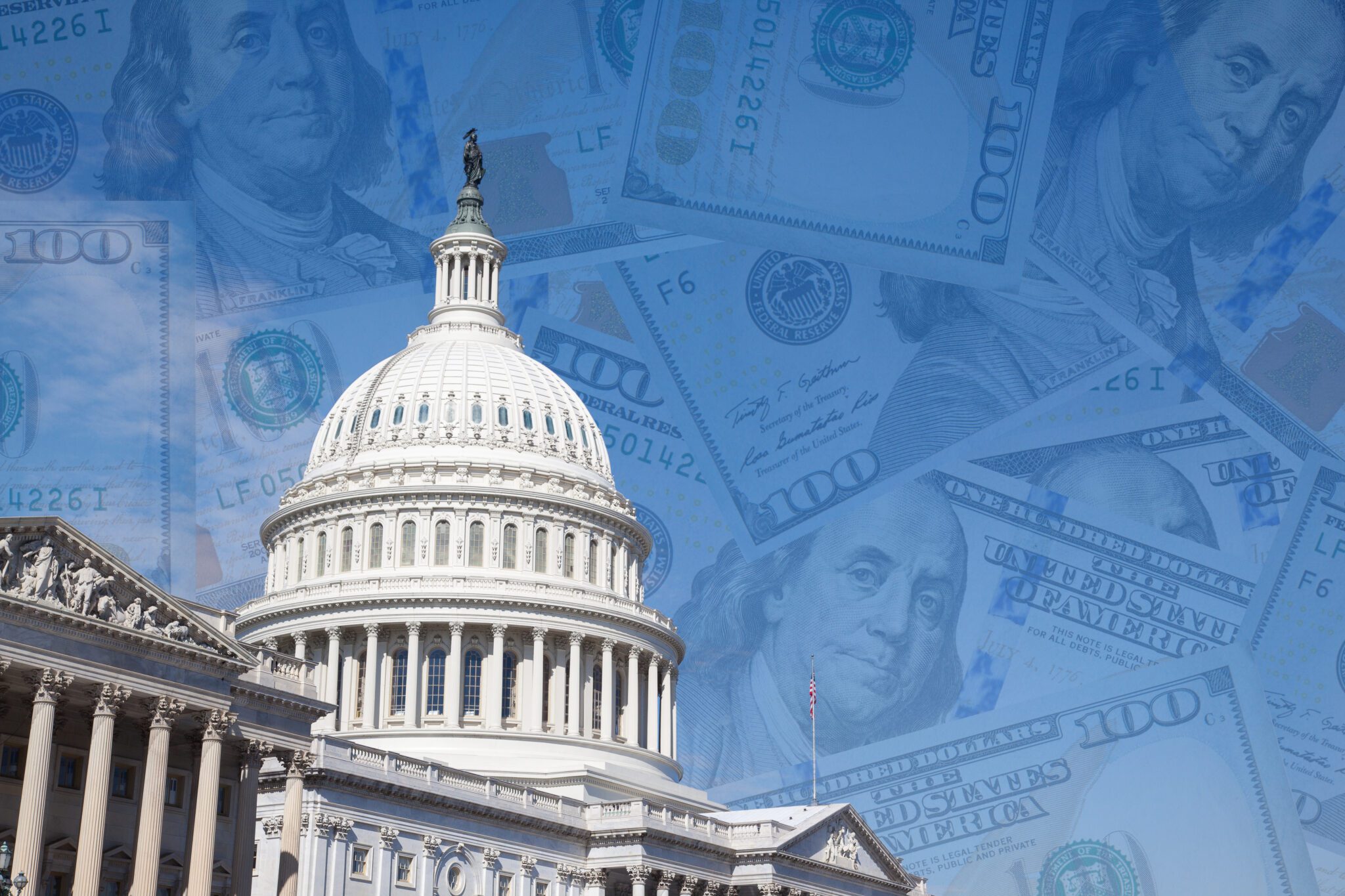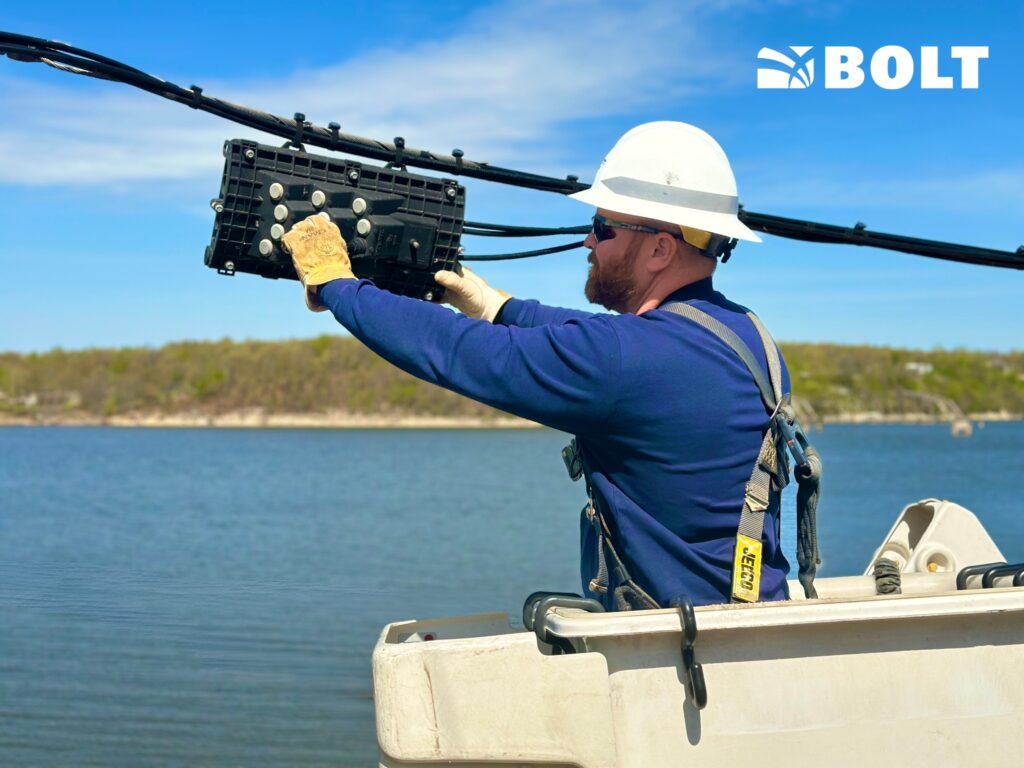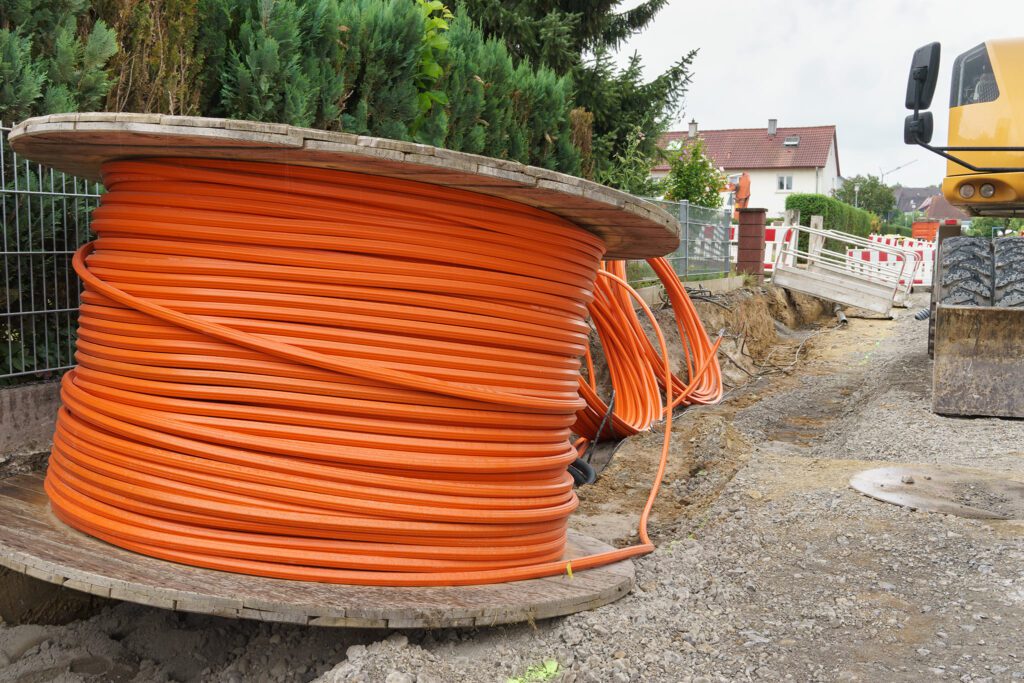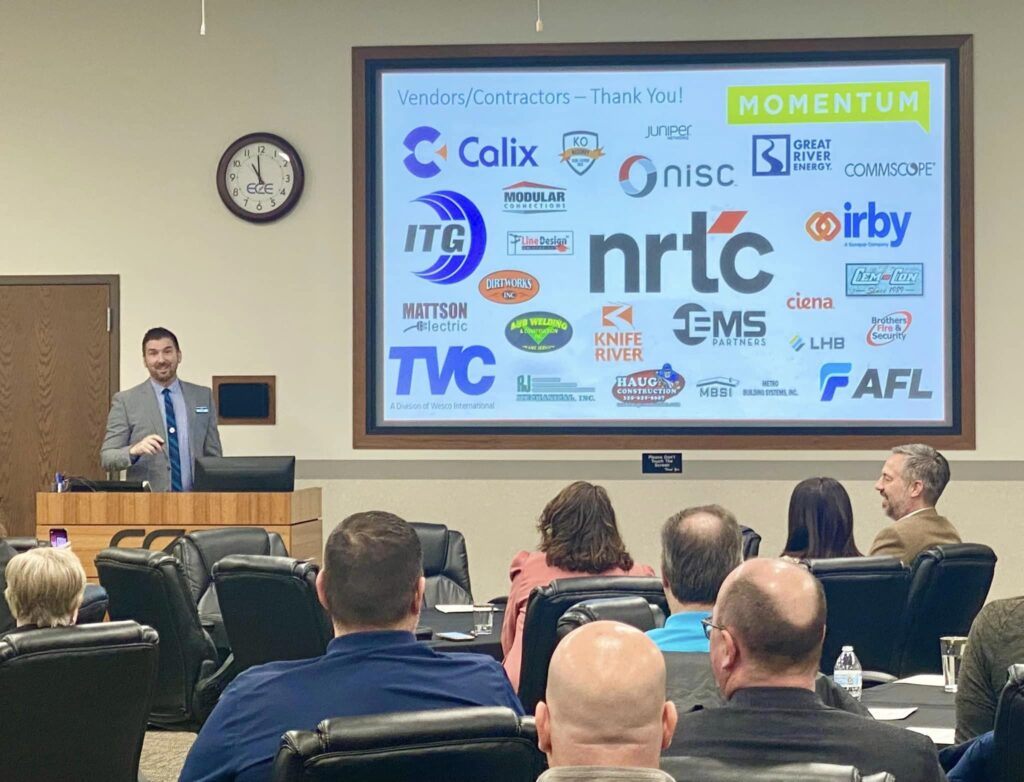Alert to Broadband Providers: Contact State, Local or Tribal Officials ASAP
Randy Sukow
|

NRECA’s annual Legislative Conference (virtual this year) is underway this week. It follows fast on the heels of the online Legislative and Policy event held last week by NTCA – The Rural Broadband Association. While each group addressed multiple items, a piece of advice emerged from both events – providers should get in touch with their state, local, and if applicable, tribal officials about broadband funding. They should do so sooner than later.
As discussed previously, the government funded a variety of programs in December 2020 and March 2021. While some were specific to broadband, large sums earmarked for coronavirus pandemic relief also could be spent on broadband projects. (Those funds would be apart from the larger spending of up to $100 billion for broadband proposed in the Biden Administration’s American Jobs Plan.) Many of the details of the already-enacted programs are to be determined, but here’s what we know now and what rural providers can do about it:
Coronavirus State and Local Fiscal Recovery Funds
Funding: $219 billion for states; $130 billion for localities.
While this is the largest amount of funding approved so far, states and localities potentially could spend the funds on a long list of priorities besides broadband. Be ready to compete.
Coronavirus Capital Projects Fund
Funding: $10 billion for states, territories and tribal governments to enable work, education and health care, including remote options.
Each government entity will receive a minimum of $100 million to put towards capital projects. Again, while not broadband-specific, the funds would permit spending on remote options.
The Treasury Department expects to release process information and program guidance on or about May 10. NRECA sent a letter to the Treasury requesting guidance that does not restrict the use of funding for broadband. In the meantime, the House Oversight and Reform Committee released a list of estimates (Excel File_ of how much funding might go to states and localities.
NTIA Programs
The Commerce Department’s National Telecommunications and Information Administration (NTIA) recently announced a series of webinars starting April 21 and running until the end of July for those interested in three programs: $1 billion in Tribal Broadband Connectivity grants; $300 million for Broadband Infrastructure Deployment grants (which require a partnership with a state or local government); and $285 million to Connecting Minority Communities, designed to help historically black colleges and universities, tribal colleges and universities, and minority-serving institutions. The online sessions will provide key information.
Steps You Can Take
The Recovery Funds and Capital Projects Fund will go directly to state and local governments. NTIA’s Broadband Infrastructure Deployment grants require a provider to work with a state or local government partner. Meanwhile, the Tribal Broadband Connectivity grants will fund tribal entities, but will also allow broadband providers to work with them. The federal government is still working out the details, but those who provide broadband, or who may do so soon, will want to touch base with state, local, and tribal officials to get conversation started as soon as possible.
In addition, providers may want to contact state and local economic development authorities and ask them to help devote coming funding to broadband. Providers could also consult with statewide associations, who are often more familiar with procedures in state capitals.
If you are not sure of the appropriate office in your state, a list on NTIA’s State Broadband Leadership Network may prove useful. Some states contribute data to NTIA’s National Broadband Availability Map project. This map is not available to the public but NTIA maintains it with data from 33 states and several tribal entities. As such, the maps of participating areas often are more accurate than FCC maps compiled from Form 477 data. Participating states and tribal entities have access to the NTIA map, which could facilitate public/private funding collaborations.
Letting state, local and tribal officials know how much it will take to deploy robust broadband to local consumers and businesses also could help to persuade them that at least some of these funds should go to broadband efforts. Get the conversation started early and get a jump on the necessary data gathering for funding applications.


